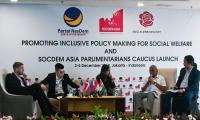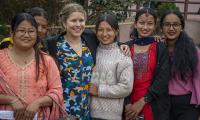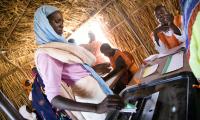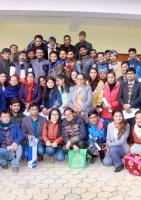Nepal
Nepal’s current multiparty system is an achievement after years of struggle between the political parties and the Monarchy
The struggle for democracy in Nepal had its first success in the 1950s, when democracy was installed, but was quickly displaced by the monarchy for the next decades. The country saw another period with democracy between 1991 and 2005, where shifting governments made way for a situation leading to a takeover by the monarchy. The same period saw an uprising led by the Maoist Party, but when the King reclaimed power, the party united with other democratic parties and held nationwide, predominantly peaceful demonstrations, which resulted in the restoration of democracy and the end of the monarchy. The following years saw a long process of drafting Nepal’s new constitution, which also saw uprisings in Nepal’s Southern plains where the parties based in this region worked to have more rights for the indigenous Madhesi-ethnic community.
Nepal’s current multiparty system is an achievement after years of continued struggle between the political parties and the Monarchy, and is still evolving into a mature multi-party democracy. Further, youth is not adequately represented in the political system and women are still struggling to occupy influential positions in the political parties and the government despite their impressive representation in parliaments at all levels.
Read more about the partnerships on the partnership page below.
Population: 28 million
Liberal Democracy Index: 0,52*
[LDI encaptures both electoral and liberal aspects of democracy]
Proportions of seats held by Women in Parlament: 33,1%**
Proportions of seasts held by Youth under 30 in Parlament: 2,91%**
*V-Dem Institute
**IPU.org







